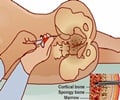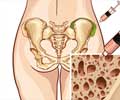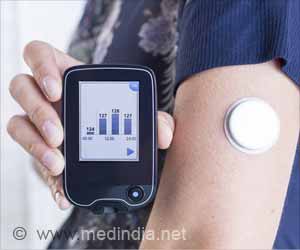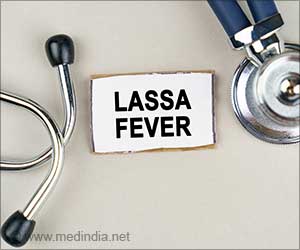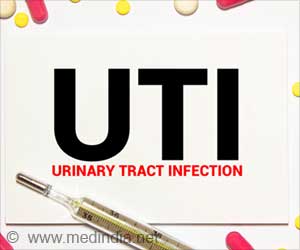Researchers have developed a novel biomimetic tissue engineered bone graft based on rabbit adipose derived stem cells (rASCs), collagen I and a porous beta-tricalcium phosphate (β-TCP) scaffold.
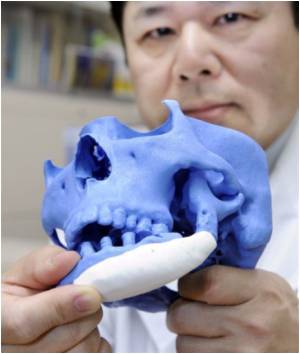
This discovery, reported in the December 2013 issue of Experimental Biology and Medicine, provides a novel candidate for bone defect repair.Although bone has the capacity for regenerative growth and remodeling, these processes are often impaired in clinical situations in which loss of bone is caused by disease, trauma or tumor resection.
More than 800,000 patients receive bone graft operations annually around the world. With the rapid development and progress of material and manufacturing sciences, tissue engineered bone grafting has become a promising technique in bone defect treatment. Bone tissue engineering involves three key factors: the seeding cell, growth factors and a porous scaffold. In the present study, rASCs were selected as the cell source for bone tissue engineering based upon the use of autologous ASCs for minimizing immunological rejection and the fact that greater cell numbers can be harvested from the patient with less pain. Collagen I was used to enhance the efficiency of cell adhesion.
For the β-TCP scaffold the authors used a pore size of 460.90±78.75 μm and interconnection pore size of 157.66±37.94 μm. These were found to be biocompatible, osteoconductive, and able to be degraded, which facilitate vascularization and rapid bone growth progression. The in vivo experimental results demonstrated that the novel biomimetic tissue engineered bone graft could promote osteogenesis in critically sized defects.
Twelve weeks after implantation, the defects were almost completely repaired by the presence of the cortical bone and medullary cavity. The results also suggested that the degeneration of the scaffolds may be accelerated by the interaction of rASCs, collagen I and the biomaterials.
"We hope to garner new insight into the engineering of rASCs-based bone tissue for clinical application". said Dr. Kunzheng Wang, senior author and Distinguished University Professor, Vice Chairmen of the Chinese Orthopaedic Association (COA). Dr. Steven R. Goodman, Editor-in-Chief of Experimental Biology and Medicine, said "This exciting study by Professor Wang and his colleagues has provided a novel stem cell based and tissue engineered construct which can repair damaged bone. In the future these findings could be translated into the clinical setting".
Advertisement


